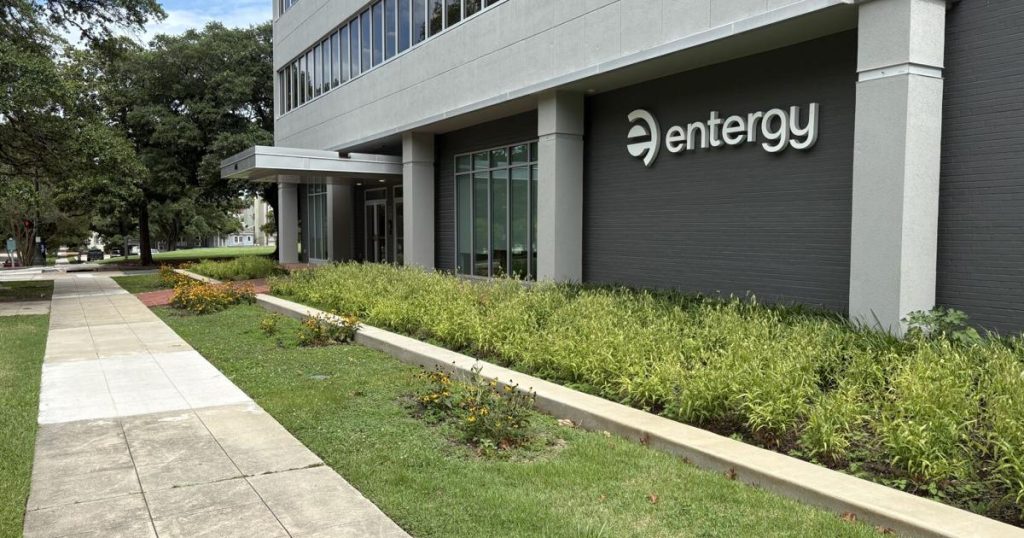(The Center Square) – The Midcontinent Independent System Operator is warning that “immediate action” is needed to address rising risks to resource adequacy as electricity demand across the region accelerates sharply due to artificial intelligence, electric vehicles and industrial expansion.
“Load growth is accelerating, driven by economic development such as data centers, onshoring and new industries,” the report states. The survey “calls for immediate action on capacity additions, strategic retirements and reliability reforms amid increasingly complex seasonal and load growth challenges.”
MISO, which oversees the power grid in 15 U.S. states including Louisiana, released new projections showing demand could surge by more than 400 terawatt-hours by 2044. This includes up to 241 TWh from data centers alone, 91 TWh from electric vehicles, 105 TWh from industrial electrification and 43 TWh from building electrification.
“At least 3.1 gigawatts of additional capacity beyond the committed capacity will be needed to meet the projected planning reserve margin forecast,” the survey said.
Aubrey Johnson, MISO’s vice president of system planning and competitive transmission said that there were sufficient resources for the current planning year (2025 to 2026), “but beyond that, there are some challenges.”
Tom Butz from Minnesota Power said in a MISO webinar that he was still not totally convinced the planned demand capacity would be enough.
“There is a lot of things coming our way,” Butz said. “And I’m not in the hyper-convinced zone of saying ‘that new generation is going to be able to keep up with all of this.'”
In Louisiana, some of the most high-profile projects contributing to demand growth are already underway. Entergy Louisiana, the state’s largest utility, has submitted more than $3 billion in transmission and infrastructure upgrades to MISO to accommodate new industrial customers, including Meta’s data center in Richland Parish and Hyundai’s new steel plant in Ascension Parish.
Entergy submitted 14 projects to MISO in 2025 total more than $3 billion, including $498 million in upgrades for two industrial loads at the RiverPlex MegaPark in Ascension Parish, where the Hyundai facility will be located.
“If new resource additions are not made promptly or retirements are delayed, resource adequacy risk will continue to grow,” the MISO report concludes.
Entergy is indeed adding such resources. including new and upgraded transmission lines and substations.
Entergy will construct a new substation in Iberville Parish, called Commodore, that will connect two major voltage systems and help manage large amounts of electricity.
A new 60-mile high-voltage line will be also built between the Waterford and Commodore substations.
MISO, on the other hand, is pursuing a range of grid reforms, including changes to its capacity accreditation rules, resource adequacy modeling, and project deployment timelines, according to the survey. A new accreditation system, Direct Loss of Load is expected by the 2028/29 planning year to better reflect each power source’s actual reliability during high-stress events.
Accreditation refers to the process MISO uses to assign a reliability value to each power resource — such as a power plant — based on how dependable that resource is during times of high electricity demand or grid stress.
To pay for their projects, Entergy Louisiana forecasts a potential $8 rate hike for residential customers over the next five years. Entergy noted that this is an incomplete estimate.
Entergy also recently proposed a suite of demand response programs with the Louisiana Public Service Commission to help reduce the pressure.
“Some items that will increase the cost of rates on one part of the bill, may in fact reduce the cost of total bills in the end,” Logan Burke, executive director of the Alliance For Affordable Energy told The Center Square. “For example, if a demand response program is effective, it may reduce congestion costs related to energy markets, or it can even reduce the needed and costs for other generation investments in future. This can also be true for transmission investments.”
Demand response programs offer incentives to customers who reduce or shift their electricity use during peak periods. For residential customers, Entergy is rolling out smart thermostat and EV charging programs. For industrial and commercial users, companies like Enel X will manage large-scale power reductions.
Entergy estimates the demand-side programs could reduce consumption by 95 megawatts in year two and up to 155 megawatts by year five.


